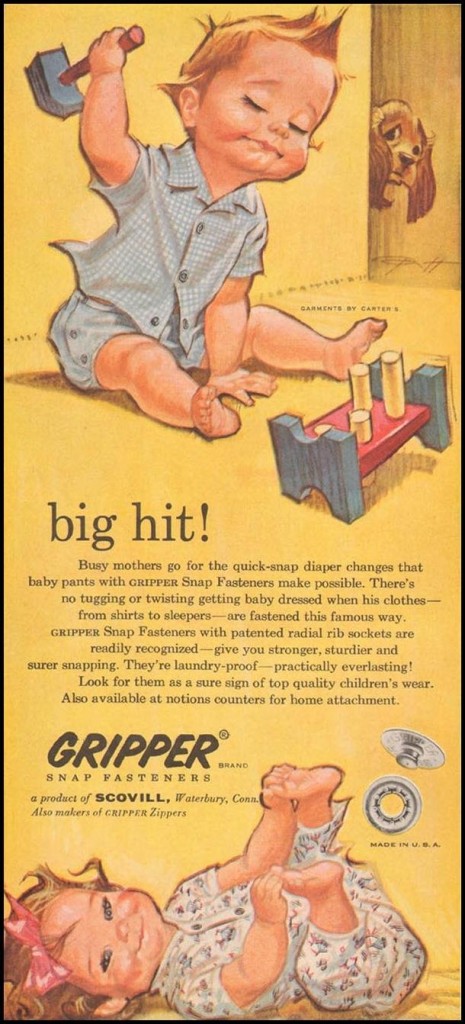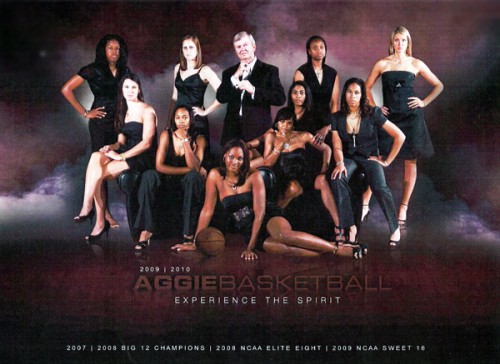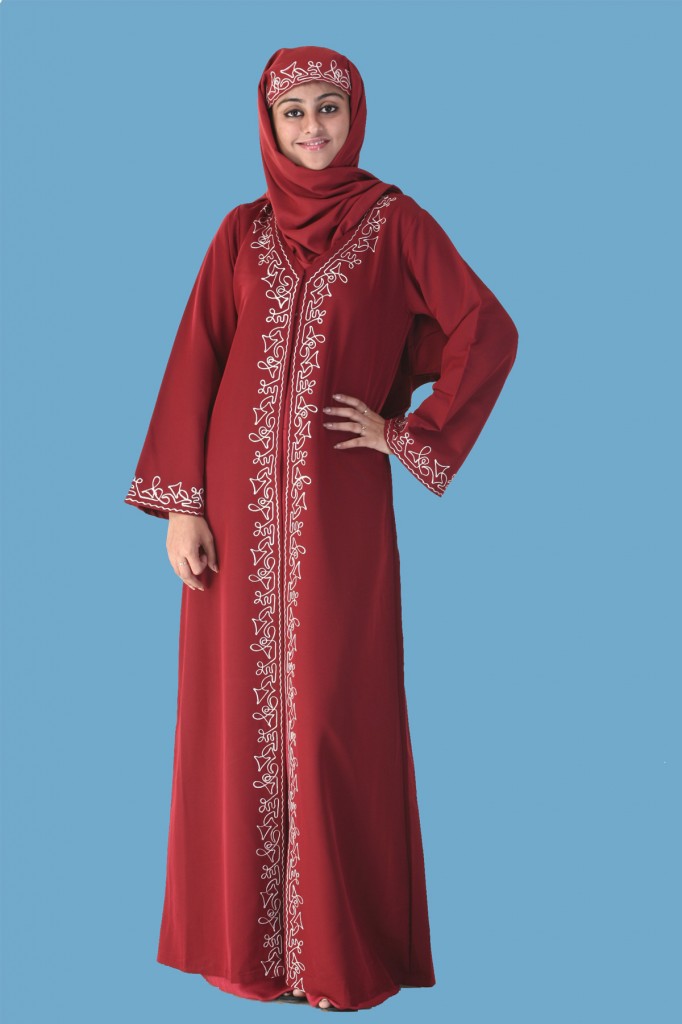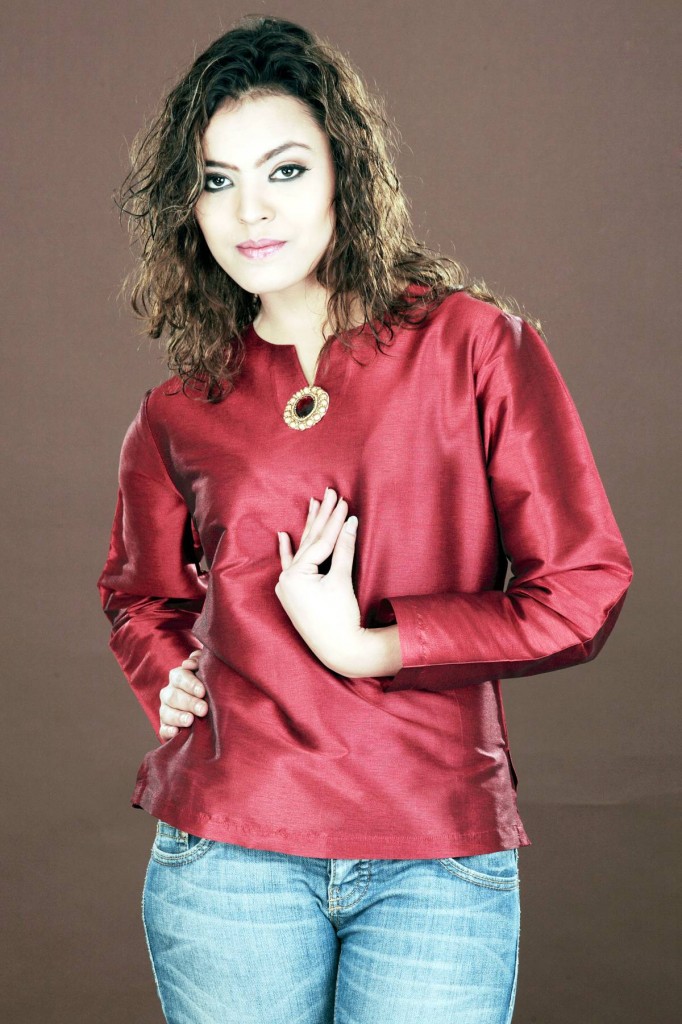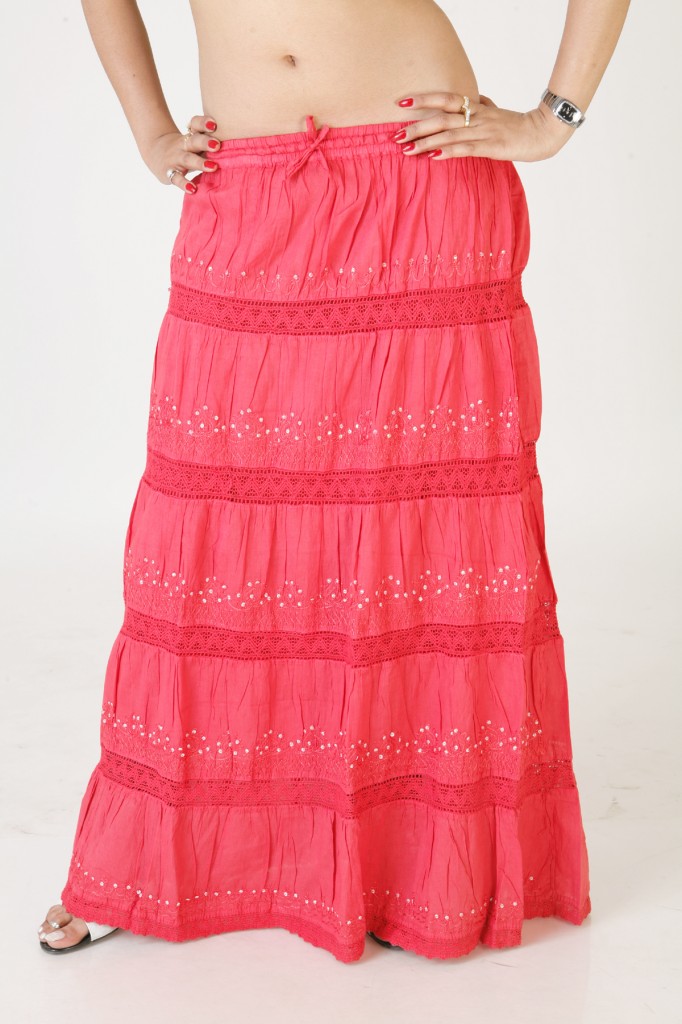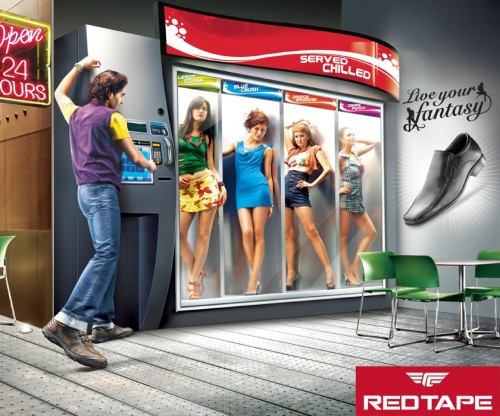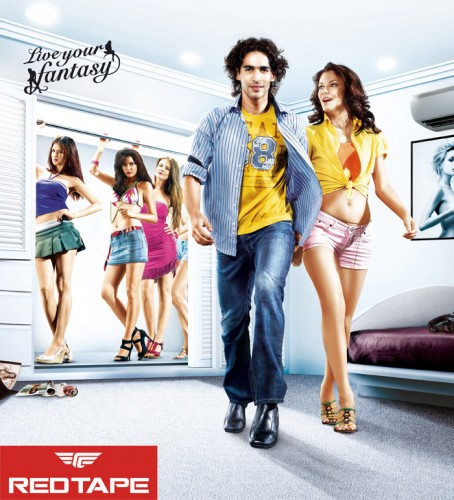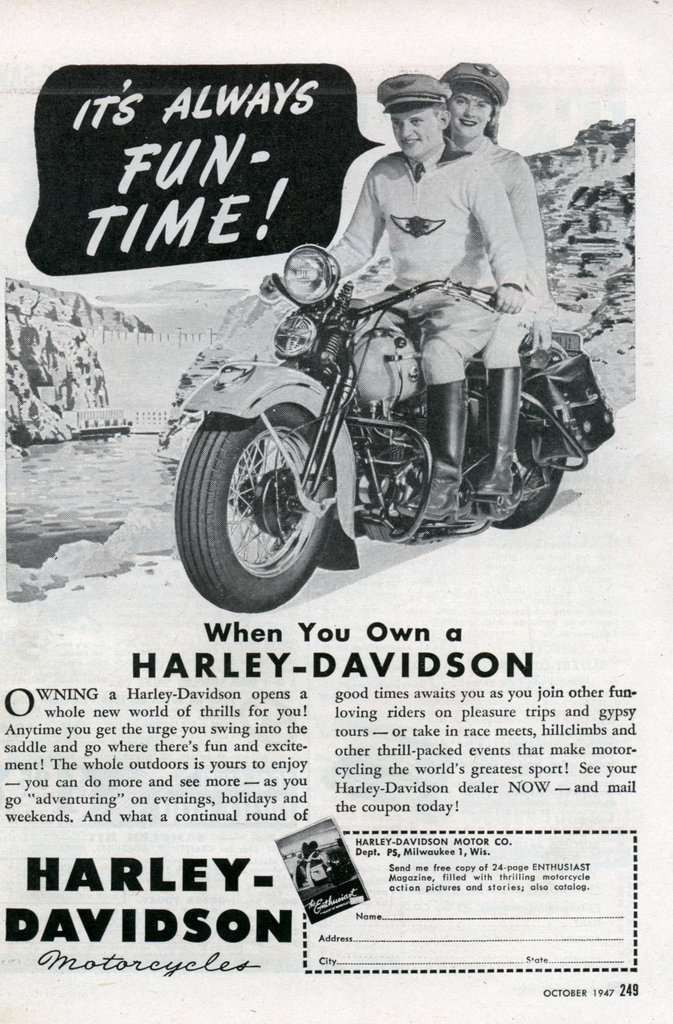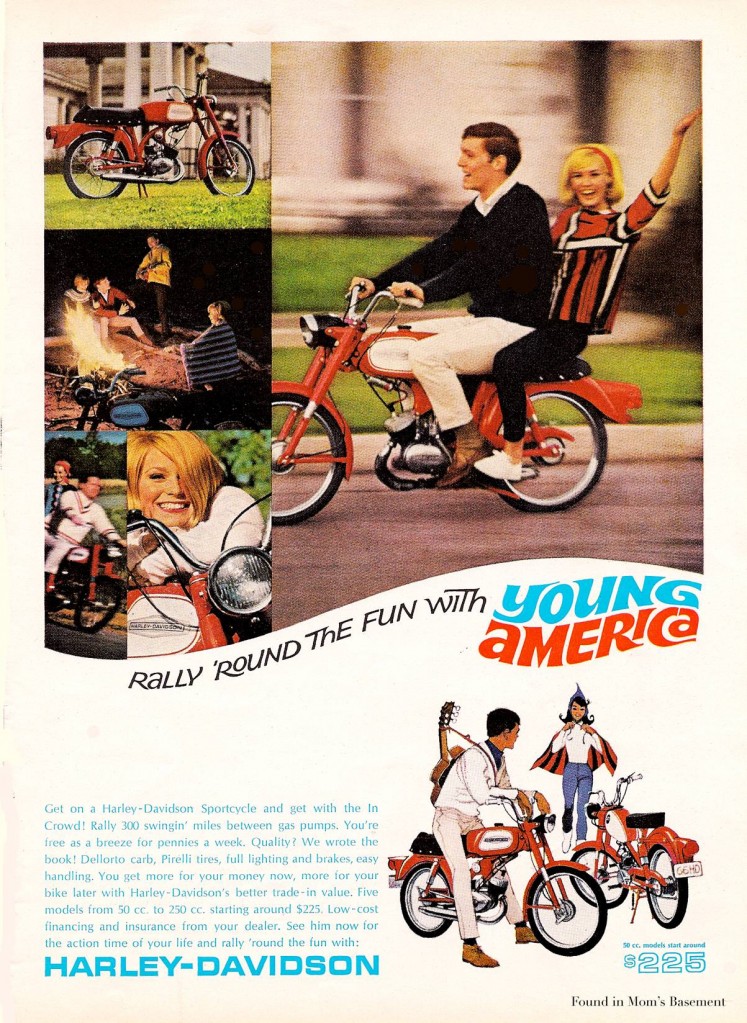In Sold American: Consumption and Citizenship, 1890-1945, Charles McGovern discusses how, during World War II, advertisers tried to link “…consumption, war, and the deepest American political ideals…in a new blend of political ideology, corporate interest, and private appeal” (p. 353). That is, a company’s contribute to the war effort would be emphasized while the non-war-related products it sold would be offered up as the reward waiting Americans once the war was won. The ability to consume products becomes, then, one of the things American soldiers are fighting for as well as what they are owed upon their return home.
This G.E. ad presents this message blatantly, turning G.E. consumer products into “rights” (larger images of parts of the text below or available here):

Enlarged text:

Notice that, first, women who were making weapons (and other items) in factories during WWII are ignored here–they certainly didn’t have the right to a job, as many learned when they were forced to leave their jobs so that returning soldiers could have them. Also notice that consumption is patriotic–by purchasing G.E. products, you’ll be making sure the men who did “our fighting” have jobs afterward.
Another section from the ad:

“K.P.” means “kitchen patrol.” Once he returns home, a soldier has the right to avoid housework and not even feel bad about it; that is, he is owed a gendered division of labor. Luckily, G.E. has a product that will allow him to exercise that right and reduce the burden of housework on his wife (and, as the ad says in another section, G.E. can ensure his right to coffee whenever he wants it with an electric coffee maker).
The section of text at the bottom of the ad makes the connection between patriotism, consumption, and war victory extremely clear:

Text:
These things after the war cannot be for the few. The must be for ALL AMERICANS. That is why General Electric from the midst of total war production is devoting this series of messages to you to say, most seriously: “In Time of War, Prepare for Peace.” Whatever your income, YOUR WAR BOND SAVINGS can buy you everything mentioned on this page-things finer than ever before because of our war skills. So begin to save and plan for the things your savings will buy. Each after victory purchase you make will help create more jobs. Gender Electric Consumers Institute, Bridgeport, Connecticut.
A two-page Firestone ad contains the same elements: post-war consumption as a reward for victory, and a gendered division of the companies products into the masculinized war effort and the feminized post-war consumerism that Americans could look forward to:

Text:
Today, in all of its 48 factories throughout the world, Firestone is producing for war. Hundreds of different products made of rubber, metal and plastic are flowing forth in ever-increasing quantity from these busy Firestone plants–war materials that are saving American lives and helping to speed the day of victory. Under the impetus and inspiration of war-time emergency, Firestone has made many remarkable new discoveries and developed many startling new improvements in materials and machines, in processes and products. All of these technical advancements are now being concentrated on bringing the war to a quick and victorious conclusion.

Text:
Victory must come first, of course. But victory will be hollow indeed unless those on the home front plan now to help build that wonderful world of tomorrow for which millions of Americans are fighting. So Firestone is also preparing for peace. And after victory, when Firestone is again concentrating on peace-time products, its advantages in “know-how” will help provide work for its men and women now in service and enable Firestone to make and sell a wide variety of products which will set new standards of quality, durability, comfort and economy. So it is only natural that Firestone, while producing for war, is also preparing for peace.
It’s similar to President Bush’s post-9/11 suggestion that Americans who want to do something for their country should go shopping, since that would help the economy.
UPDATE: Reader AR says,
Bush’s suggestion is based on the Keynesian idea that consumption drives wealth creation, while these ads are promoting the older idea that saving, accepting hard times now for greater consumption later, is the path to wealth. Indeed, what many viewed as the “point” of the war is basically the same as the mentality behind savings in general: biting the bullet now for prosperity latter, and for future generations. This site itself has featured many ads encouraging people to reduce consumption as much as possible, and to save in the form of war bonds.
Can anyone seriously imagine seeing the line in the GE ad, “So begin to save and plan for the things your savings will buy,” in any modern advertisement?

